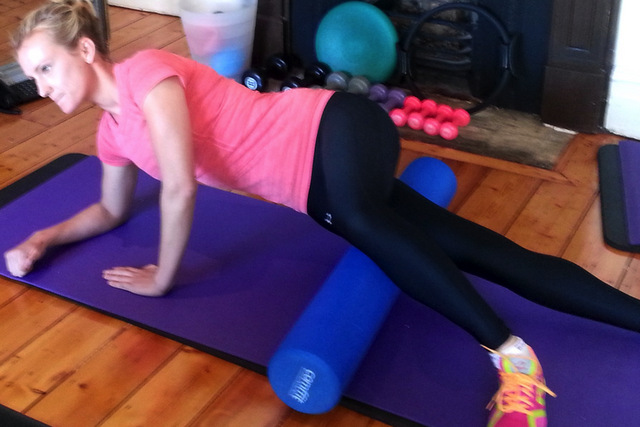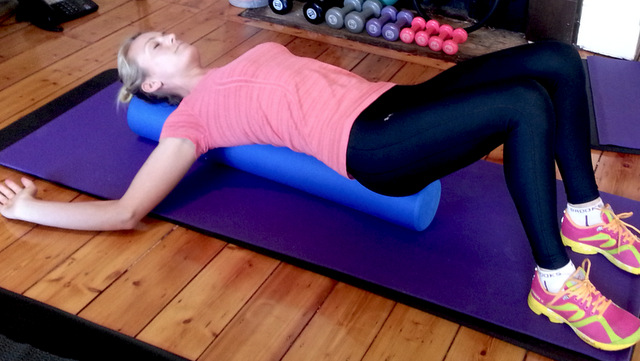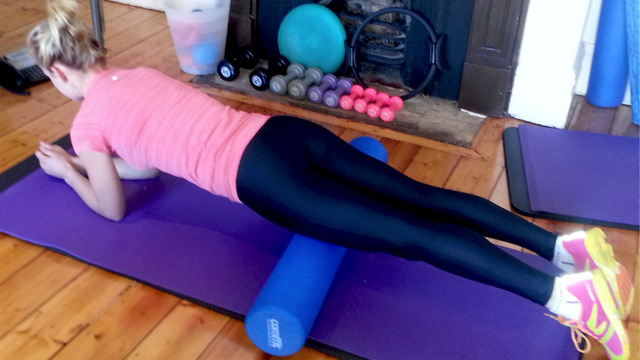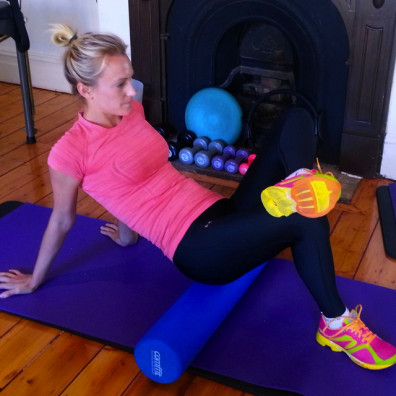HOW DO FOAM ROLLERS WORK?
- Foam rollers work on the myo-fascial* system to reduce muscle tension, improve blood flow, increase body awareness and aid in injury prevention and rehabilitation.
- Foam rollers are ideal for self-massage, stretching and rehabilitation exercises.
*The myo-fascial system refers to the muscle itself and its fascia – a thin sheath that wraps around and connects the muscles, bones, nerves and blood vessels of the body
Dr Catherine Allison presents this article to help you incorporate a foam roller in to your exercise routine. It follows up on a similar post that explains how to make the most out of your Spiky Ball.
HOW TO USE YOUR FOAM ROLLER
- Identify a tight muscle and position your body weight over the roller to apply moderate pressure to the affected area.
- Gently roll over the tight muscle until you feel the muscle start to release – you should roll slowly and always within pain limits.
- DO NOT USE your foam roller if you have a recent injury or trauma which has broken the skin, caused inflammation of a joint or if you are badly bruised – if in doubt ask your practitioner.
FOAM ROLLER EXERCISES
QUADRICEPS RELEASE
Position yourself face-down with both thighs resting on top of the foam roller. Support yourself on your elbows and forearms, and roll slowly back and forth on the foam roller, from just above your knees to just below your hips. See image above.
ITB RELEASE
Lie on your side with the roller near your hip, rest your other leg’s foot on the floor. Move along your outer thigh from your hip down to your knee.

GLUTE RELEASE
Sit on the roller with the affected glute centred over the roller and your foot crossed to the opposite knee.
Place one or both hands on the floor behind you and gently roll the tight glut over the roller.
UPPER BACK/CHEST STRETCH
Lie on the foam roller with your bottom on one end and head on the other – knees should be bent so that feet are flat on the ground and hip-bone width apart.
Bring both arms up in front of you and bend both elbows to 90 degrees, forearms will be parallel to the ground. Keeping your elbows bent, open your arms out to the sides and relax. Let gravity stretch the muscles of your chest and shoulders.
For more information, check out our article about if sitting cross-legged causes you pain.

info@



